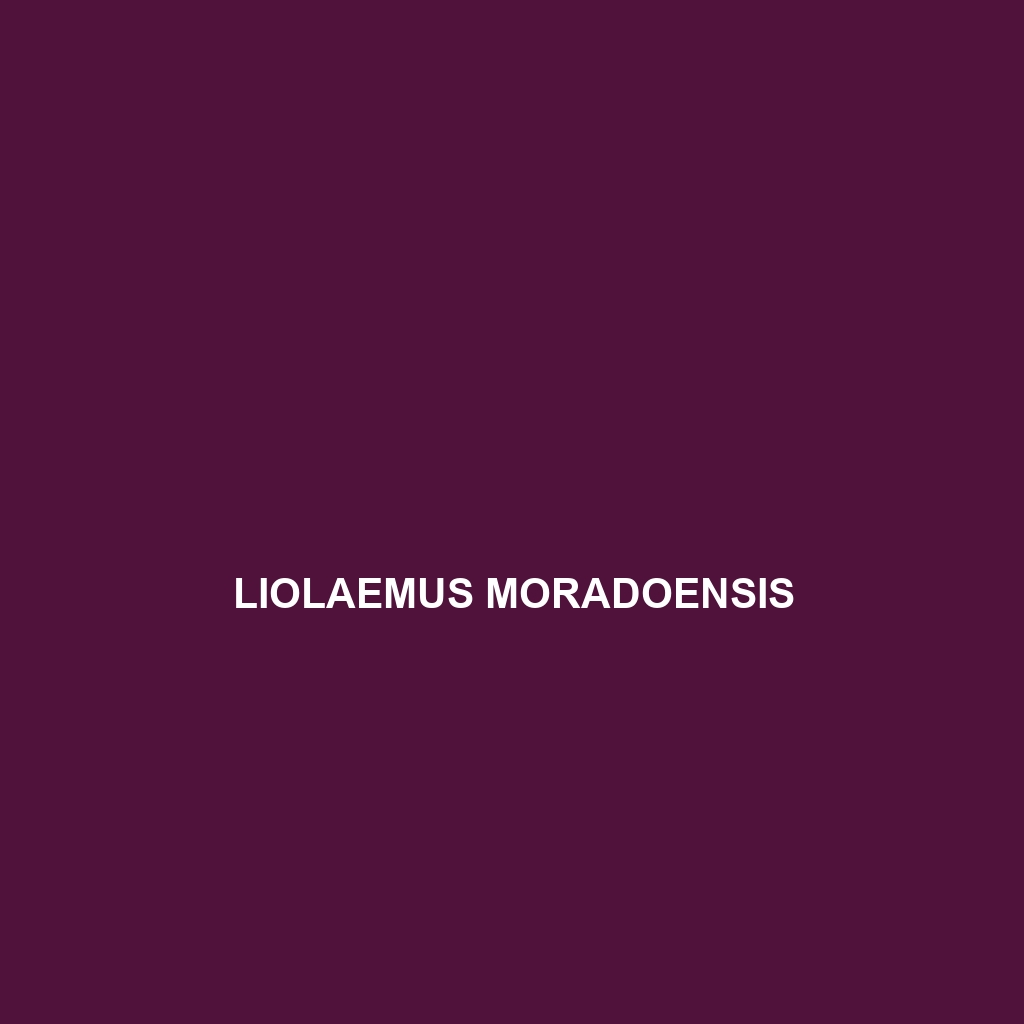Discover the beautiful Pseudemoia baudini, or Baudins skink, a sleek, diurnal lizard thriving in southeastern Australia's temperate forests and grasslands. With its glossy scales and distinctive lighter stripes, this insectivorous skink plays a crucial role in the ecosystem while exhibiting fascinating behaviors and unique adaptations.
Tag: ovoviviparous reproduction
Pseudemoia baudini
Discover the beautiful Pseudemoia baudini, or Baudins skink, a sleek, diurnal lizard thriving in southeastern Australia's temperate forests and grasslands. With its glossy scales and distinctive lighter stripes, this insectivorous skink plays a crucial role in the ecosystem while exhibiting fascinating behaviors and unique adaptations.
Phymaturus antofagastensis
Introducing the Phymaturus antofagastensis, a captivating lizard native to the arid regions of northern Chile, known for its robust body, intricate coloration, and unique adaptations that allow it to thrive in rocky habitats. This vulnerable species plays a critical role in maintaining ecological balance by controlling insect populations while showcasing intriguing behaviors and a fascinating reproductive strategy.
Ovophis malhotrae
<p><b>Ovophis malhotrae</b>, also known as Malhotra's viper, is a strikingly patterned snake found in the dense forests of the Eastern Himalayas, thriving at elevations of 1000 to 2900 meters. This nocturnal predator plays a vital role in its ecosystem by controlling populations of small mammals, birds, and amphibians, with a distinctive reproductive strategy of giving birth to live young.</p>
Oligosoma moco
Discover the Oligosoma moco, or Moko skink, a medium-sized, vibrant skink native to New Zealand's temperate forests and grasslands, known for its curious behavior and insectivorous diet. With its ability to blend into the environment and unique reproductive strategy, this fascinating species plays a vital role in its ecosystem.
Ninia maculata
<b>Ninia maculata</b>, also known as the spotted snail-eater or green whip snake, is a vibrant green snake native to tropical rainforests in Central and northern South America, characterized by its slender body, distinctive dark spots, and nocturnal hunting behavior specializing in small reptiles and amphibians. This adaptable species plays a crucial role in maintaining ecological balance within its habitat.
Nactus robertfisheri
Discover the unique Nactus robertfisheri, or Robert Fisher's skink, a vibrant insectivorous species thriving in coastal and tropical environments of the southwestern Pacific. Known for its remarkable tail regeneration and nocturnal behavior, this slender skink plays a vital role in maintaining ecological balance while exhibiting captivating color patterns and agile movements.
Macrovipera razii
<p><b>Macrovipera razii</b>, also known as Razi's Viper, is a striking snake species native to the arid and semi-arid mountainous regions of Southwestern Asia, characterized by its distinctive zigzag patterns and impressive lengths of up to 1.5 meters. As a vital predator in its ecosystem, this vulnerable species primarily feeds on small mammals and birds while playing a critical role in maintaining ecological balance.</p>
Liolaemus parvus
Liolaemus parvus is a small, insectivorous lizard native to the temperate forests and savannas of Argentina and Chile, typically measuring 5 to 10 centimeters in length. Known for its distinctive coloration and rough texture, this diurnal species plays a crucial role in its ecosystem by controlling insect populations while also serving as prey for various birds and mammals.
Liolaemus moradoensis
Discover the fascinating Liolaemus moradoensis, a medium-sized lizard native to the temperate forests and mountainous regions of central Chile, known for its distinctive light brown coloration with darker spots and its impressive climbing abilities. This omnivorous species plays a vital role in its ecosystem by regulating insect populations and contributing to soil health, while also facing vulnerabilities due to habitat loss and climate change.









